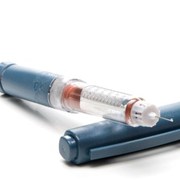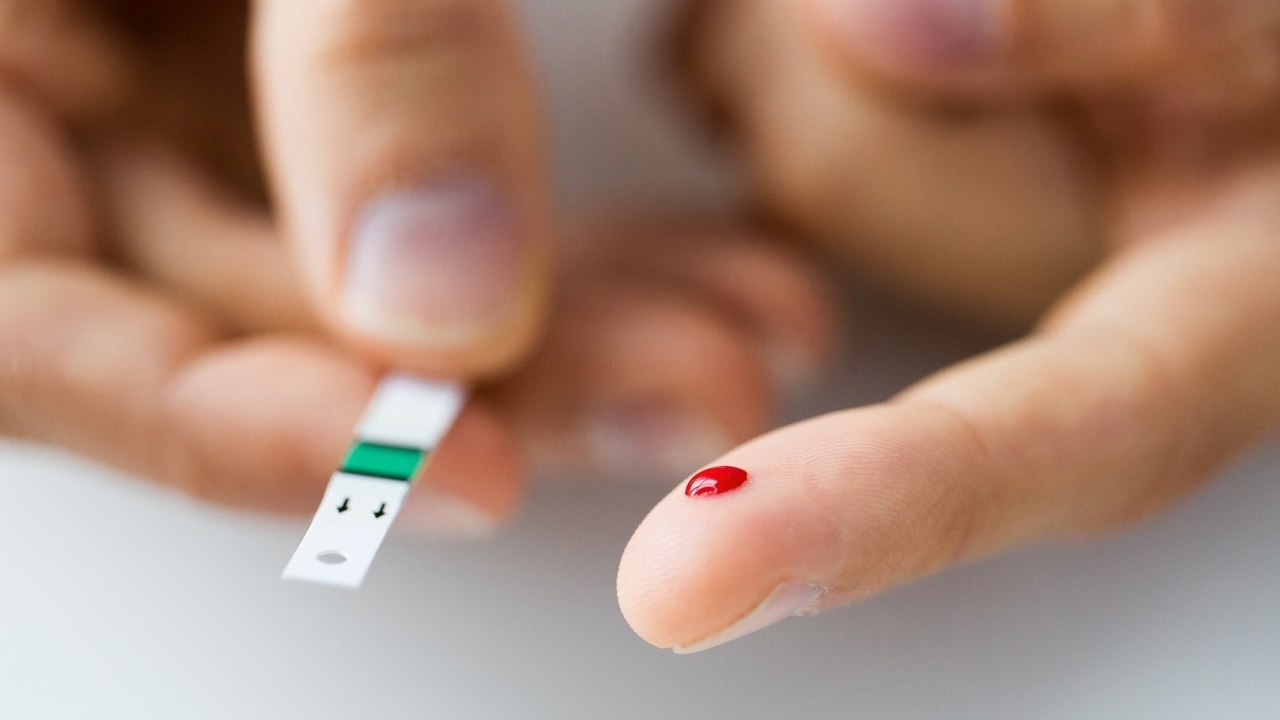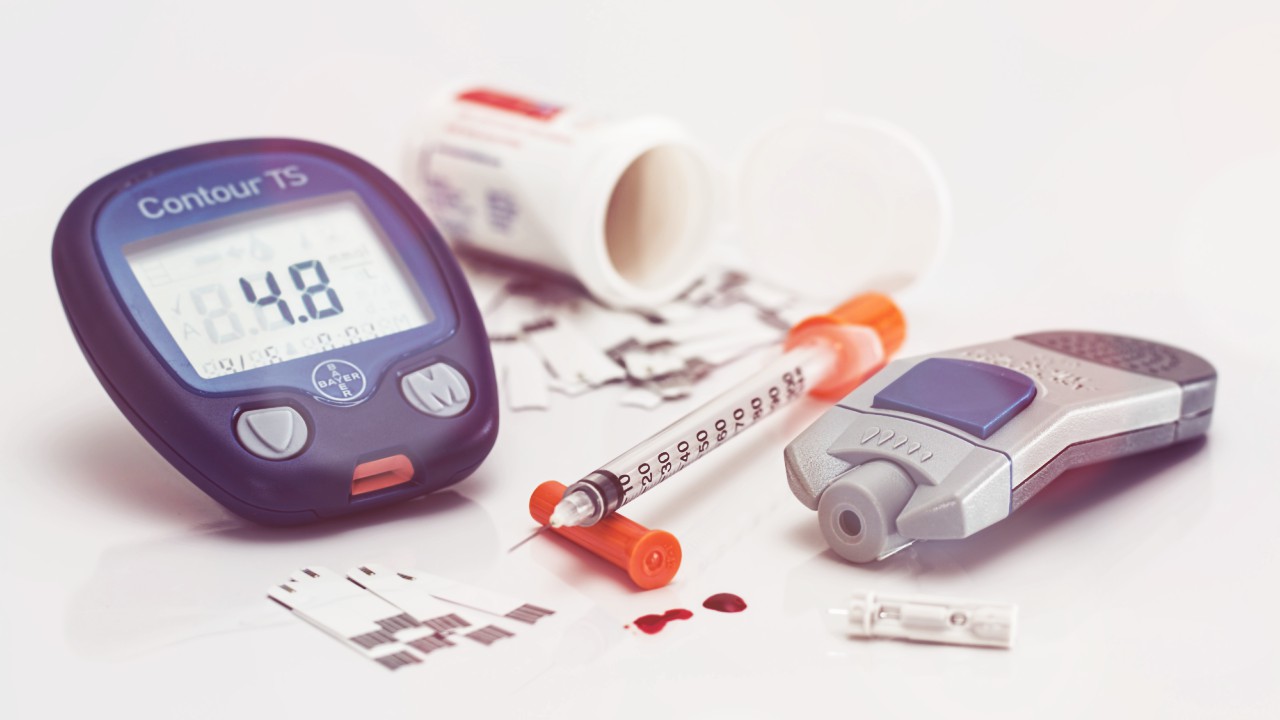 Photo: Getty Images
Photo: Getty Images
An insulin pen looks like a big pen. But it's actually a delivery system for insulin that makes a fairly normal life more possible for many diabetics.
Syringes and insulin vials are used most commonly to control diabetes in the United States but in the rest of the world, insulin pens are a more popular alternative.
An insulin pen utilizes a cartridge unlike syringes which take vials. Some cartridges for pens are reusable, others are disposable after they've been used. The needles used with an insulin pen are disposable and replaceable.
Reusable pens use insulin cartridges. The cartridges don't come with the pens, they are bought separately. Reusable pens don't belong in the refrigerator, but cartridges can be kept refrigerated.
Disposable pens come already pre-filled with insulin. These are best refrigerated until it's time to use them. After they have been opened, the disposable pens can be safely kept at room temperature. After the insulin is gone, you can just throw the pen away.
To use a reusable or a disposable insulin pen, you load the cartridge and screw on a needle. Clear any possible air out of the cartridge, and set the dial for the dosage you require. If using an insulin suspension such as NPH, gently shake the pen to ensure the insulin is mixed.
Insert the needle and push the button. Your insulin has now been injected. Even a child can do it, and many children do, every day.
Remove the needle after you've used it. This will keep air out of the cartridge and will also stop any leakage of the insulin.
According to Forecast.diabetes.org, insulin pens can administer doses in amounts from 21 to 80 units. Dials can be set for half a unit, one unit or two units. Choose the type that will best fit your needs, or the needs of your diabetic child.
A dosage for a child who must take insulin at dinner time, for instance, may best be administered with a pen that can be set at increments of half a unit. An adult who needs daily doses of long-acting, or basal, insulin may look for a pen that offers bigger doses at a time.
Diabeteshealth.com reported that insulin pens came into use during the 1980s. Pens made insulin injections for diabetics easier to do, and allowed for greater accuracy in dose amounts.
Hospitals have moved from the traditional syringe and vial deliver system to more use of insulin pens. When patients have been introduced to insulin pens in the hospital, many are interested in using pens when they leave the hospital as well.
Sources:
insulin pens. Diabetesmonitor.com. Jan. 6, 2010. Retrieved Nov. 15, 2011.
http://www.diabetesmonitor.com/pens.htm
Insulin Pens. Forecast.diabetes.org. Retrieved Nov. 15, 2011.
http://forecast.diabetes.org/magazine/features/insulin-pens
Hospitals Moving Toward Greater Use of Insulin Pens. Nov. 10, 2011. Retrieved Nov. 15, 2011.
http://www.diabeteshealth.com/read/2011/11/10/7342/hospitals-moving-towa...
Visit Jody's website and blog at http://www.ncubator.ca and http://ncubator.ca/blogger
Reviewed November 16, 2011
by Michele Blacksberg RN





Add a CommentComments
There are no comments yet. Be the first one and get the conversation started!